The Brief
The clients who approached me about this project knew what they wanted (a chair-backpack) and had a reasonably clear vision of what the end product would be: a backpack with lots of organization that you could take for a hike. Then, when you got there, you could unzip it and "take a load off" in chair mode. They wanted it to be feature-rich and emulate the style of Mystery Ranch packs.
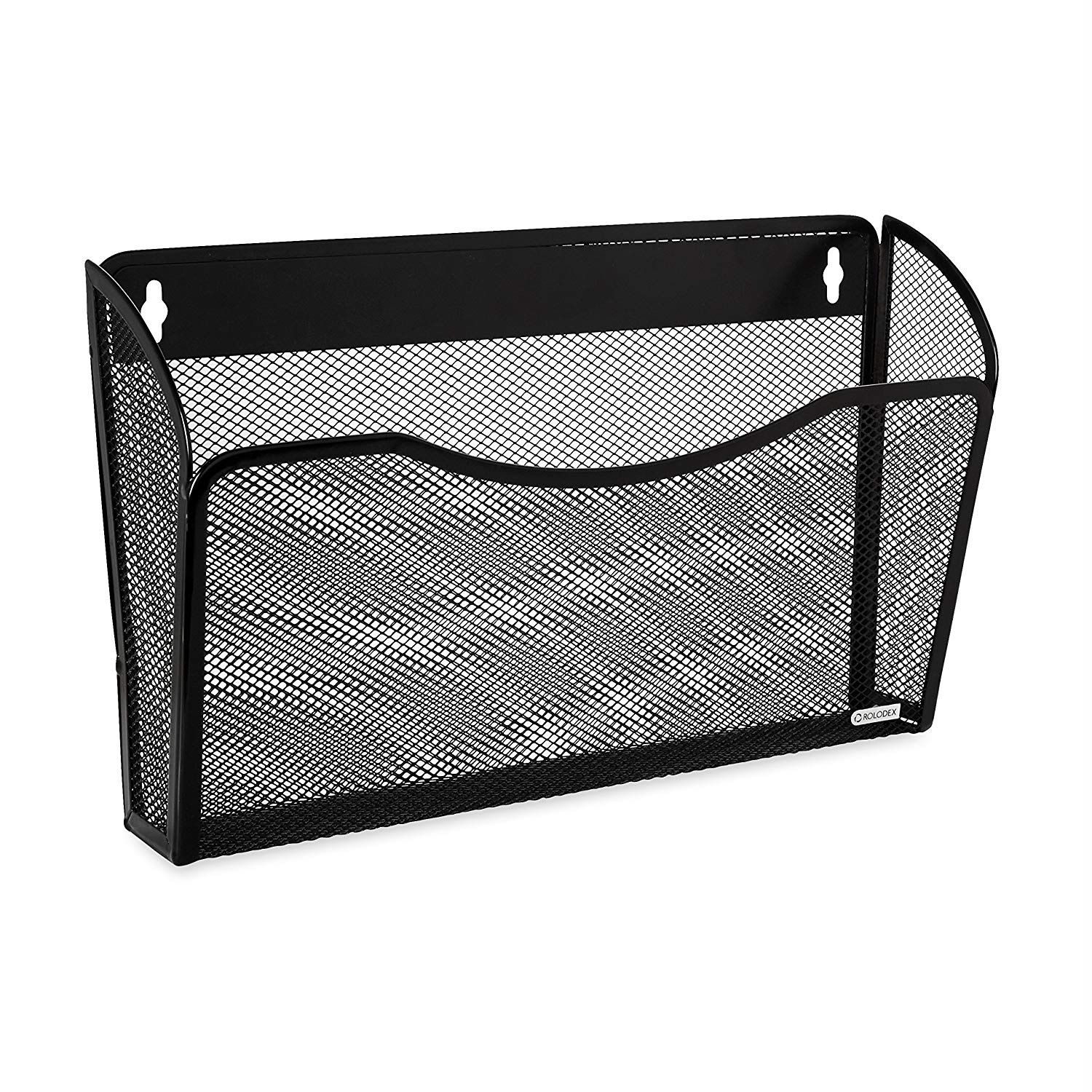
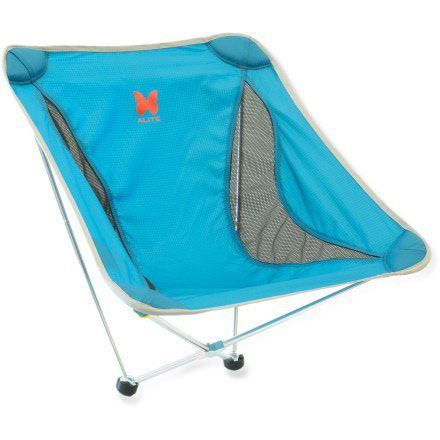
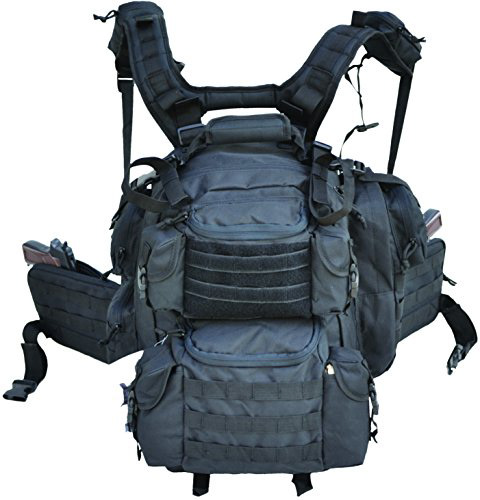
Research on the current offerings...

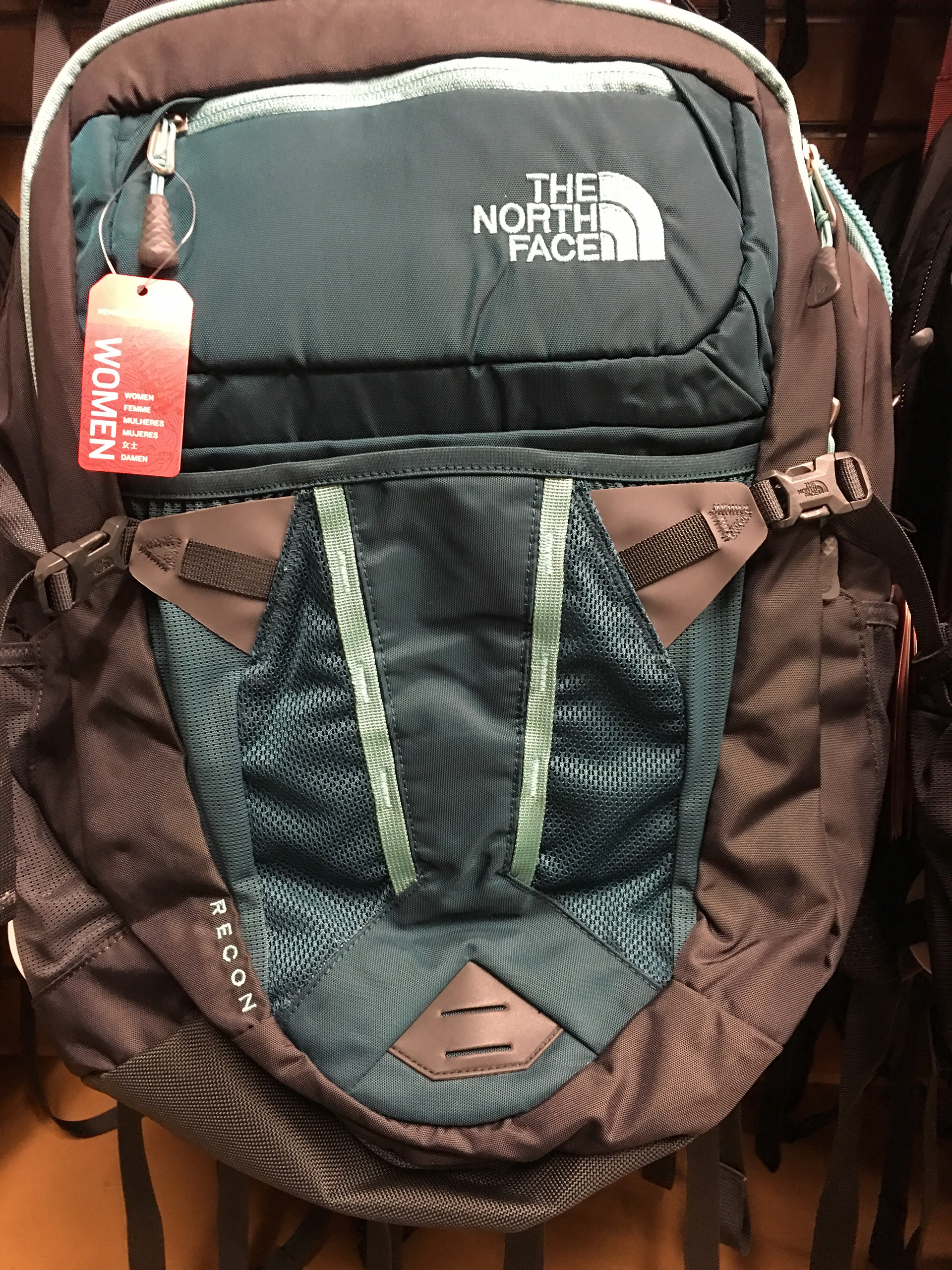
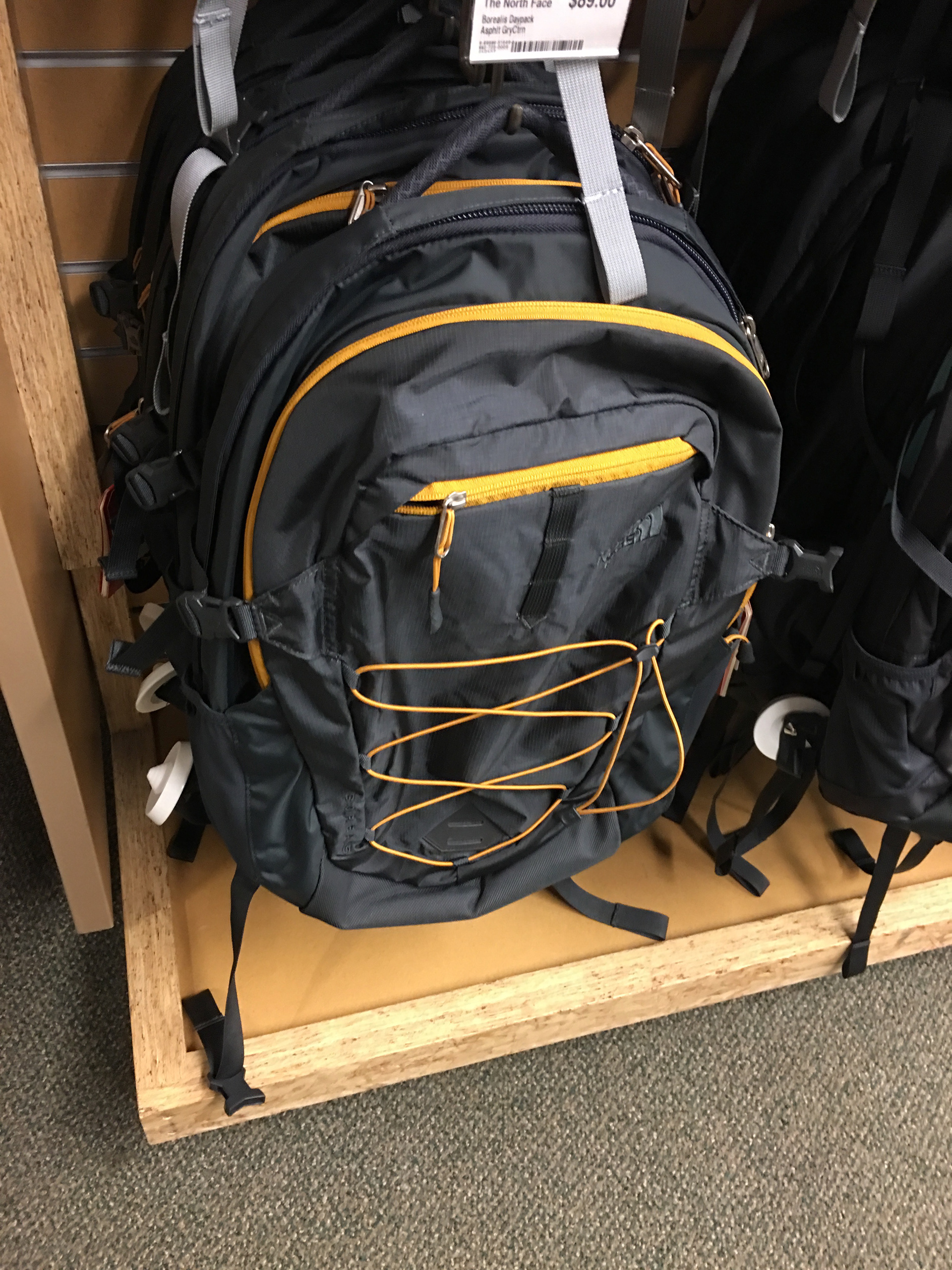
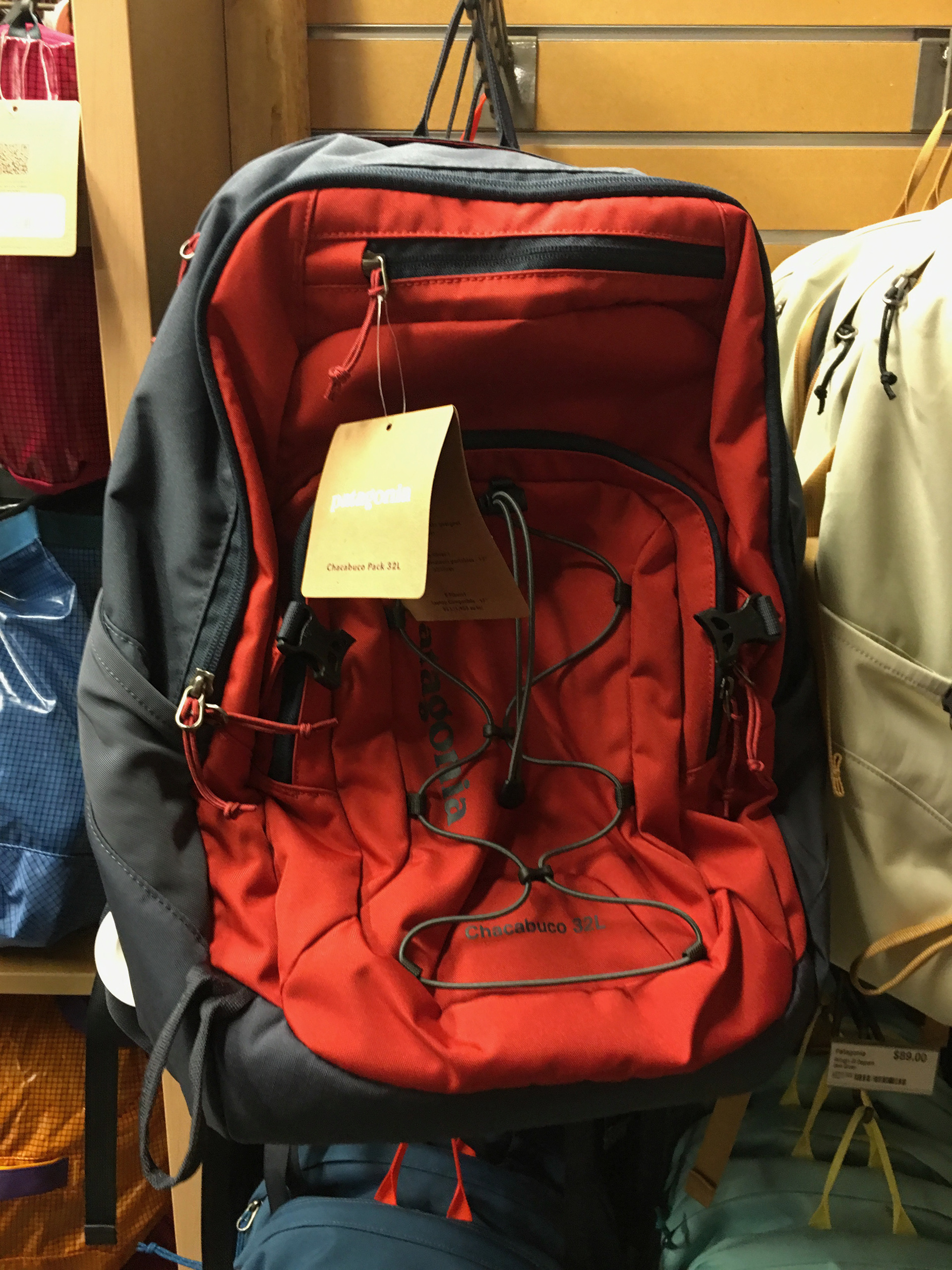
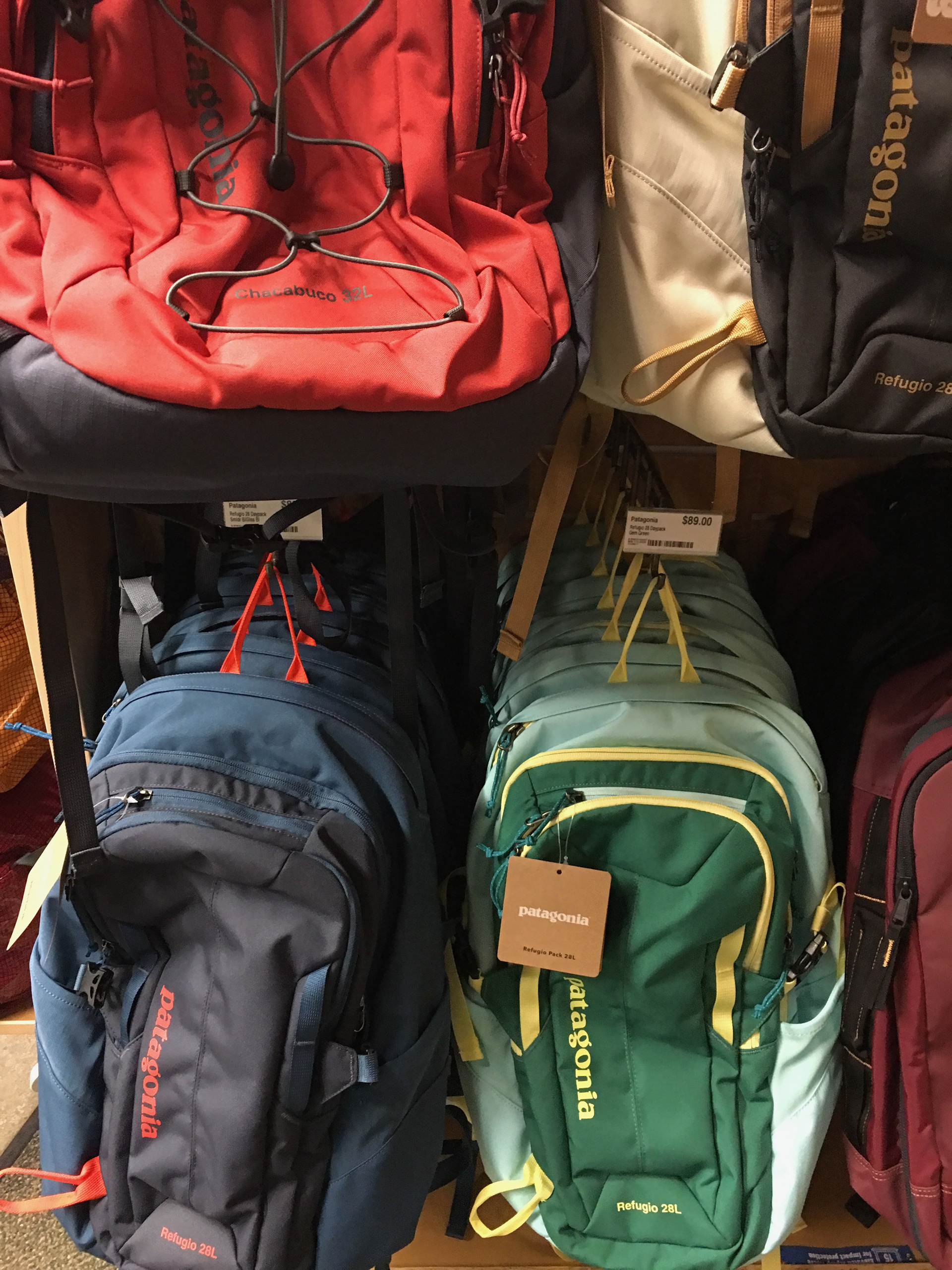
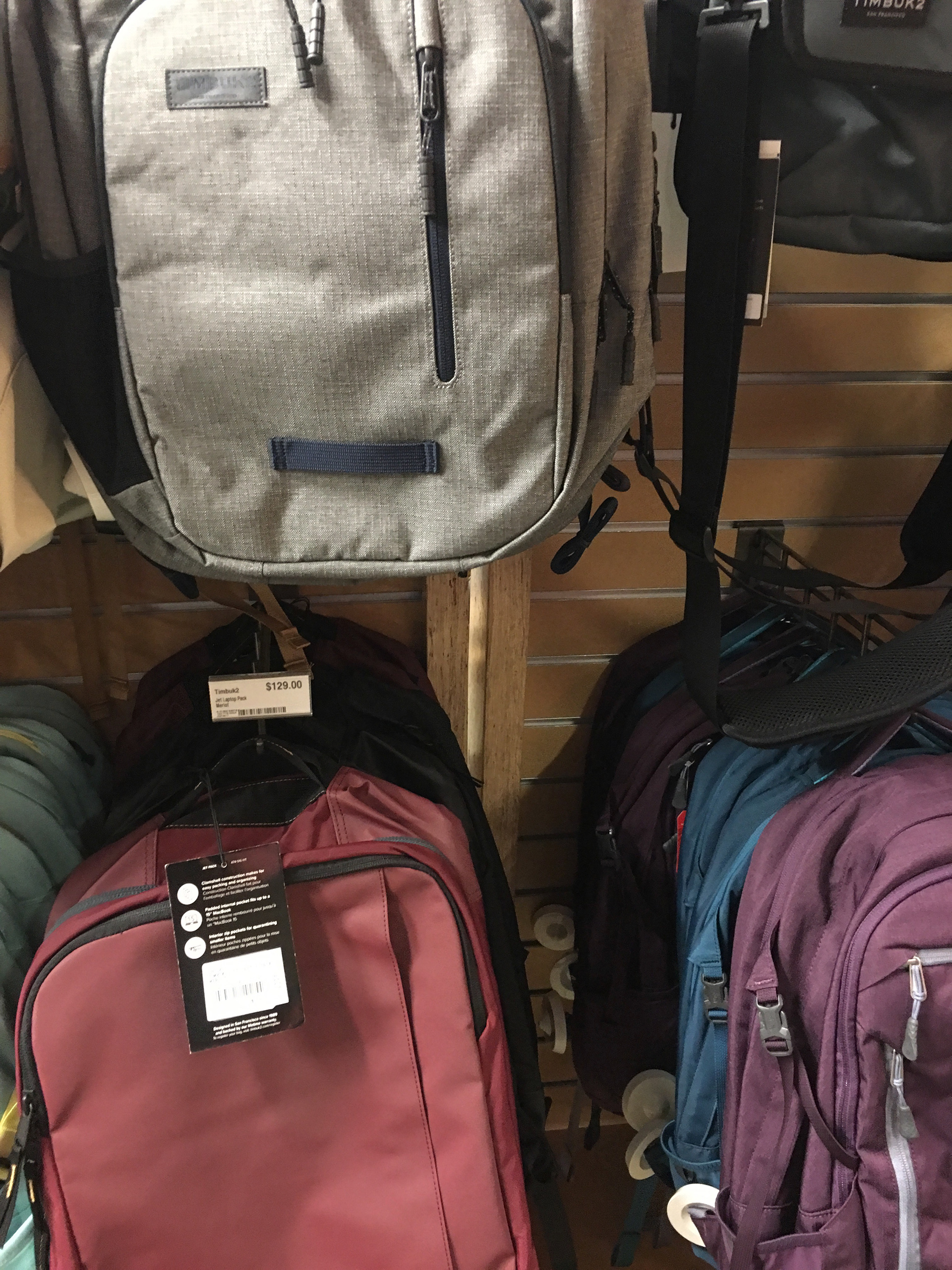

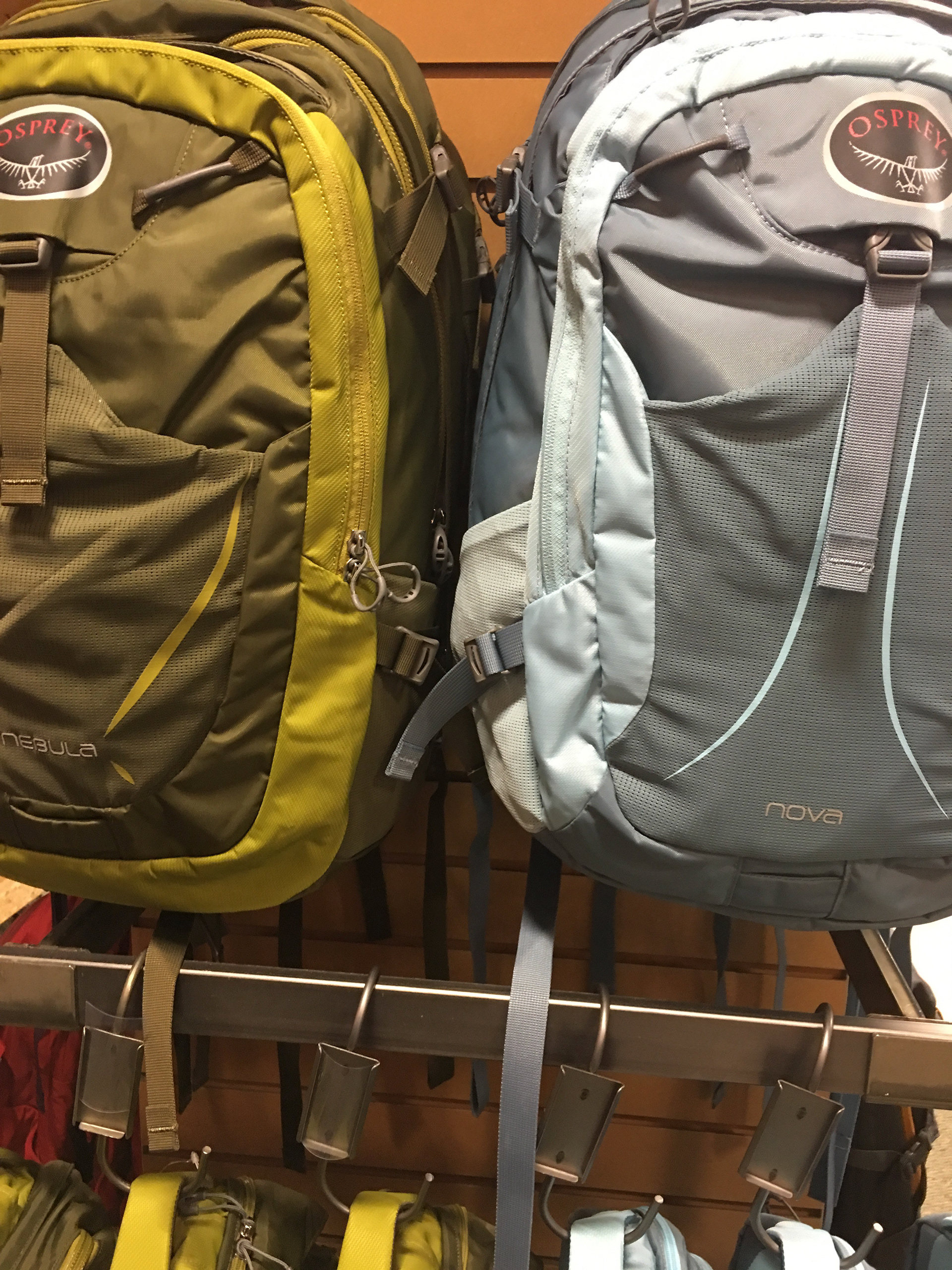
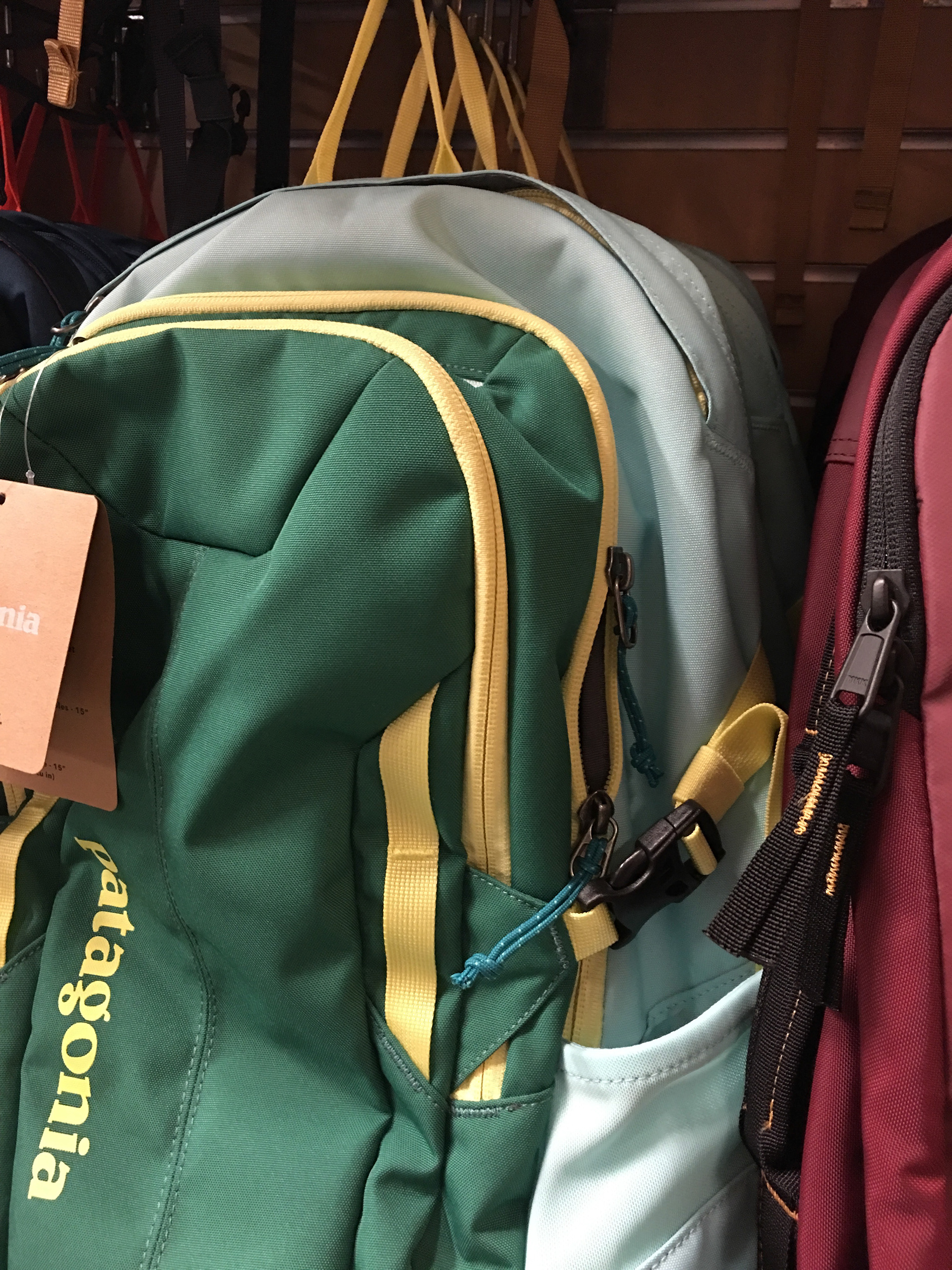
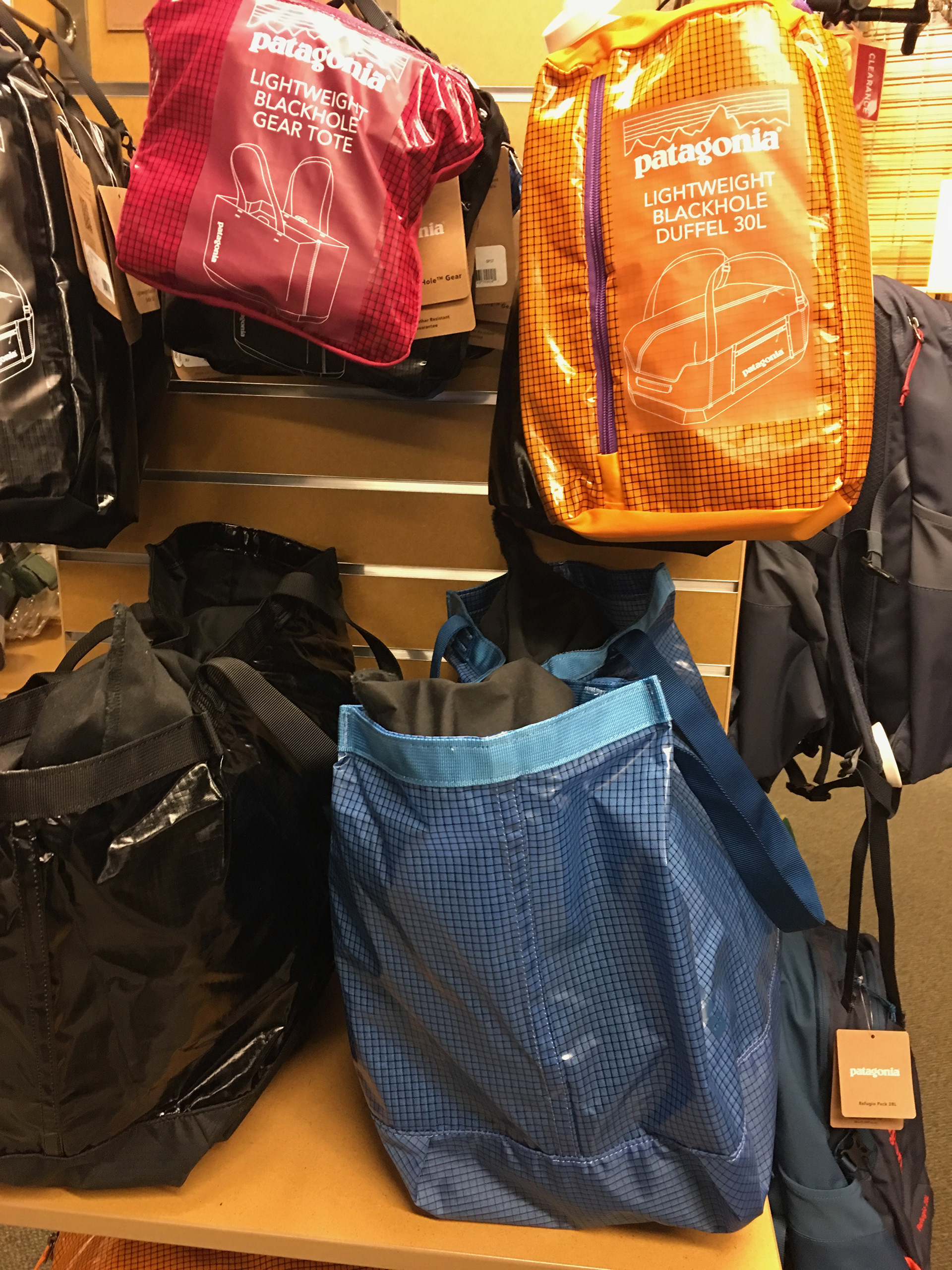



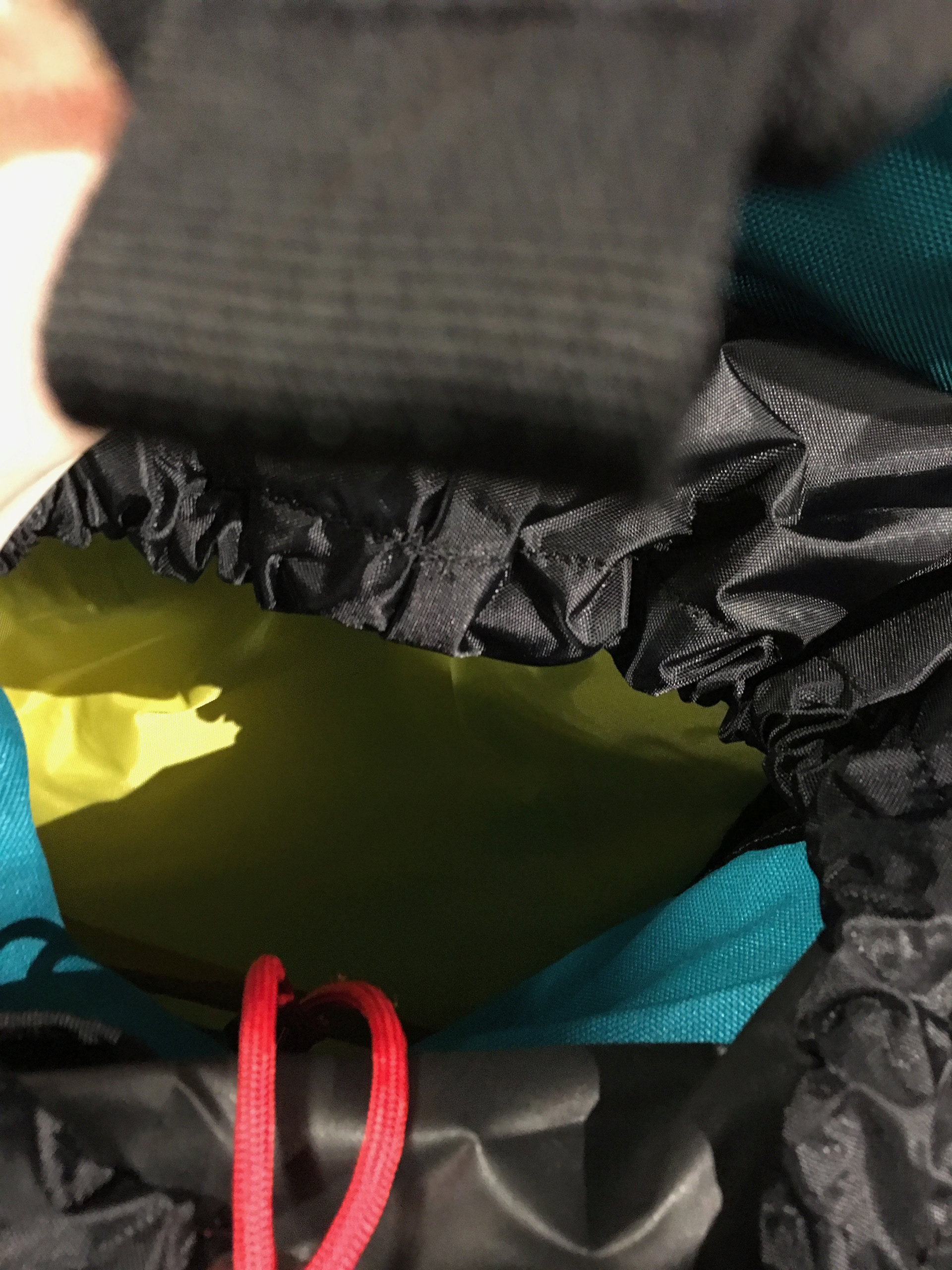
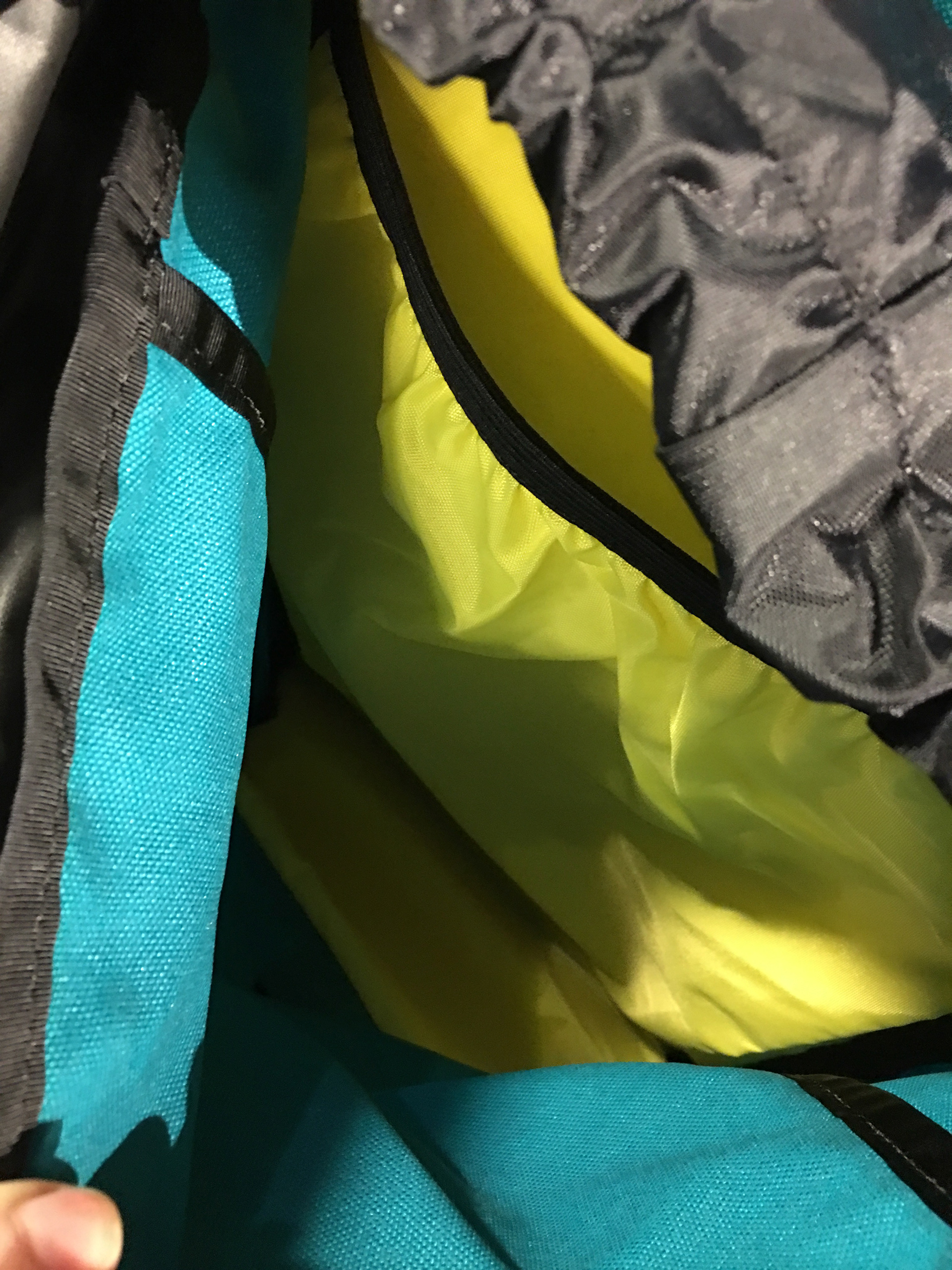
Earnest Research
In addition to thoughtful examination of the existing market, I conducted interviews at a local wildland firefighting unit. A majority of them had concrete feedback on things such as strap configuration, general adjustability, and pet peeves. I asked to examine their packs and offered to do repairs. They gladly accepted. They're the heaviest/harshest users of gear that I've found thus far.
Key observation: unsealed interior seams were fraying and causing zipper failure. Technically, this shouldn't have happened because all manufacturers used coated nylons, but the harsh use was causing fraying anyway. This was by far the #1 cause of busted zippers, (even more than overloading!)
Key observation: wild animals were urinating all over these things!
Key observation: "Thin stuff can't boss around thick stuff." This may seem obvious, but a lot of wear points came from companies putting a thin fabric next to a thick fabric. I realize it's nicer to interact with thin fabric (usually). It's also nice to have things not break. The best example of this is a synching collar at the top of many packs. (side note: I ended up replacing nearly all of them)
I could write an entire article on improvements, so I'll hold back here.
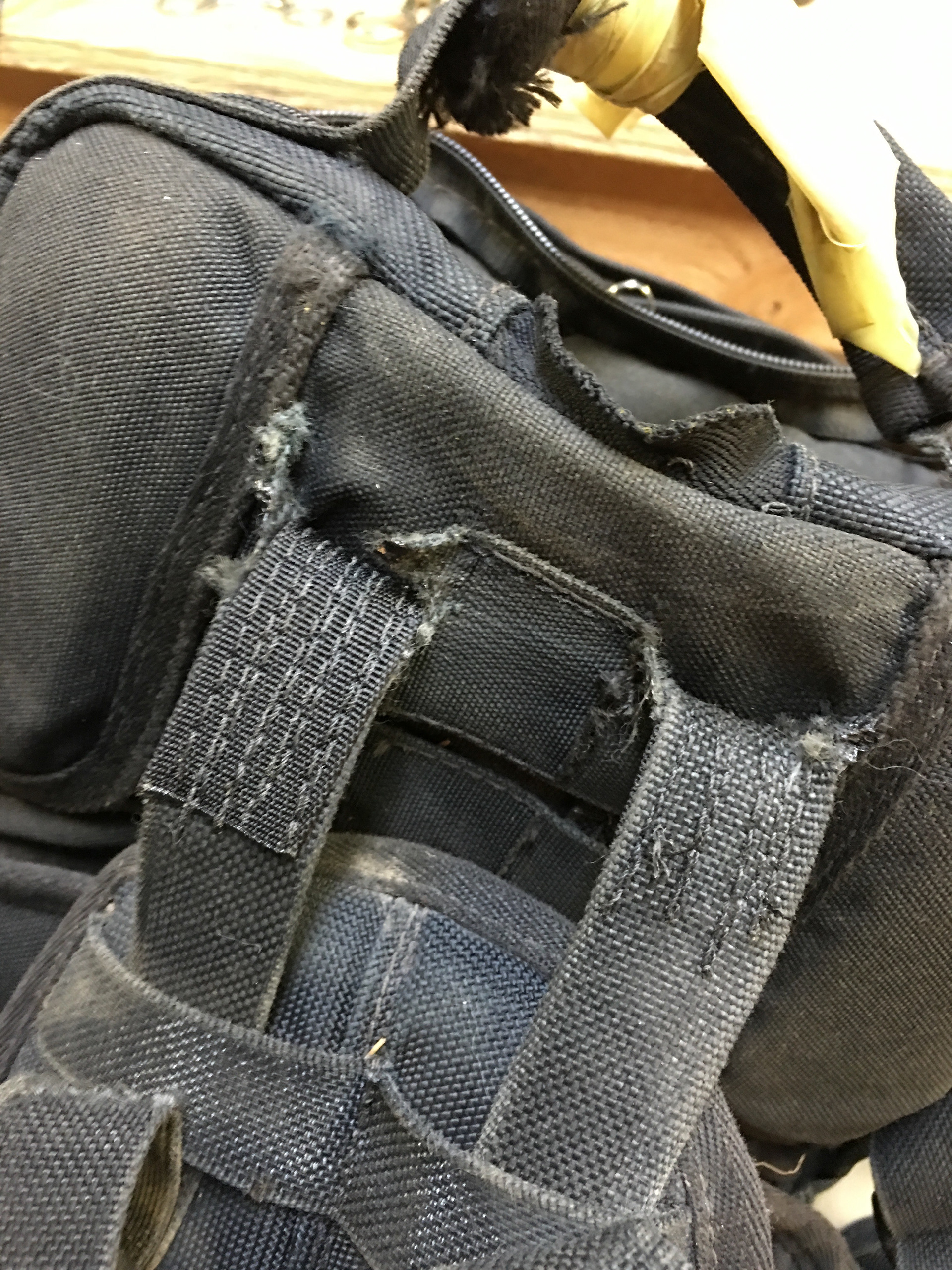


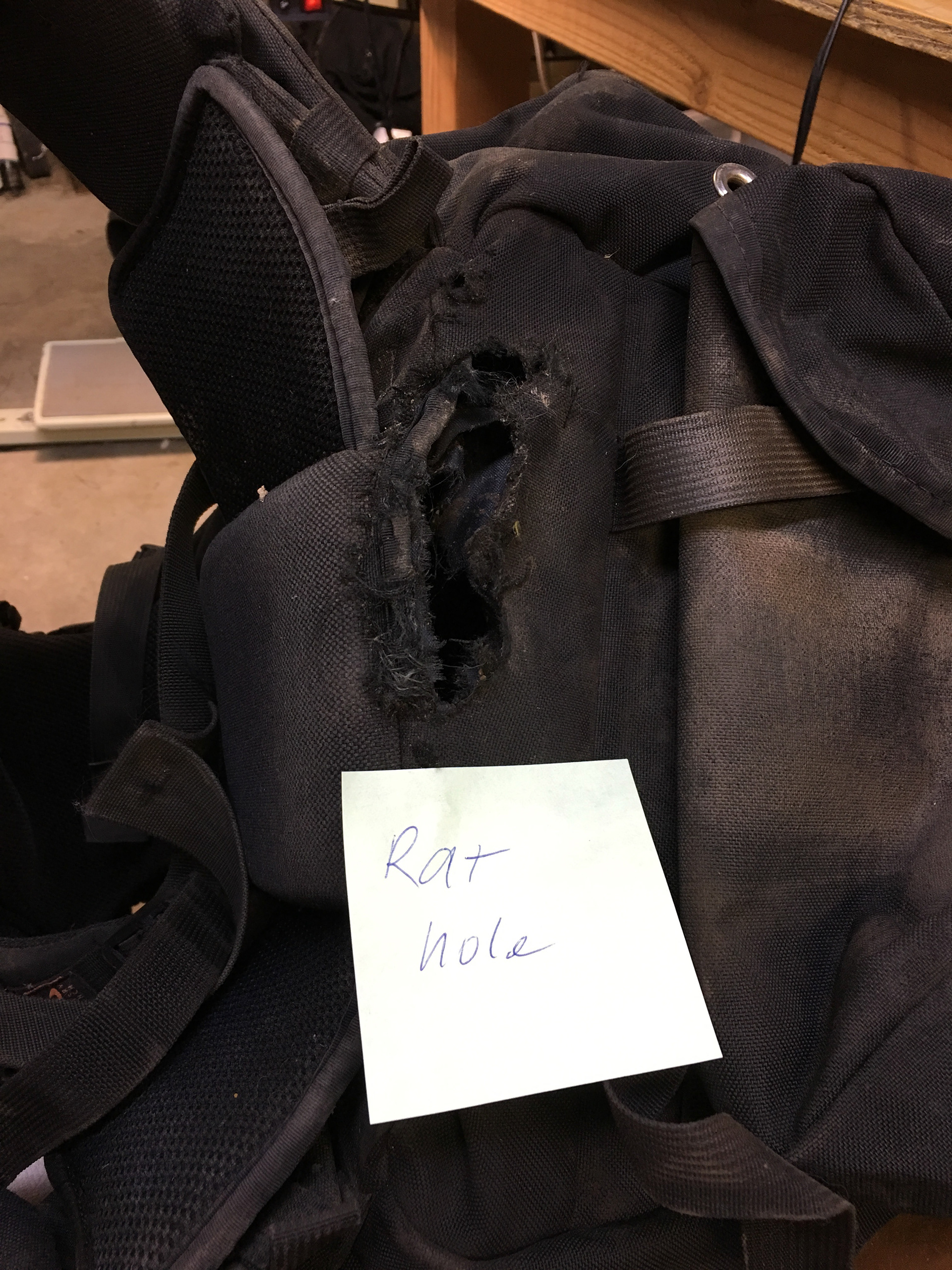
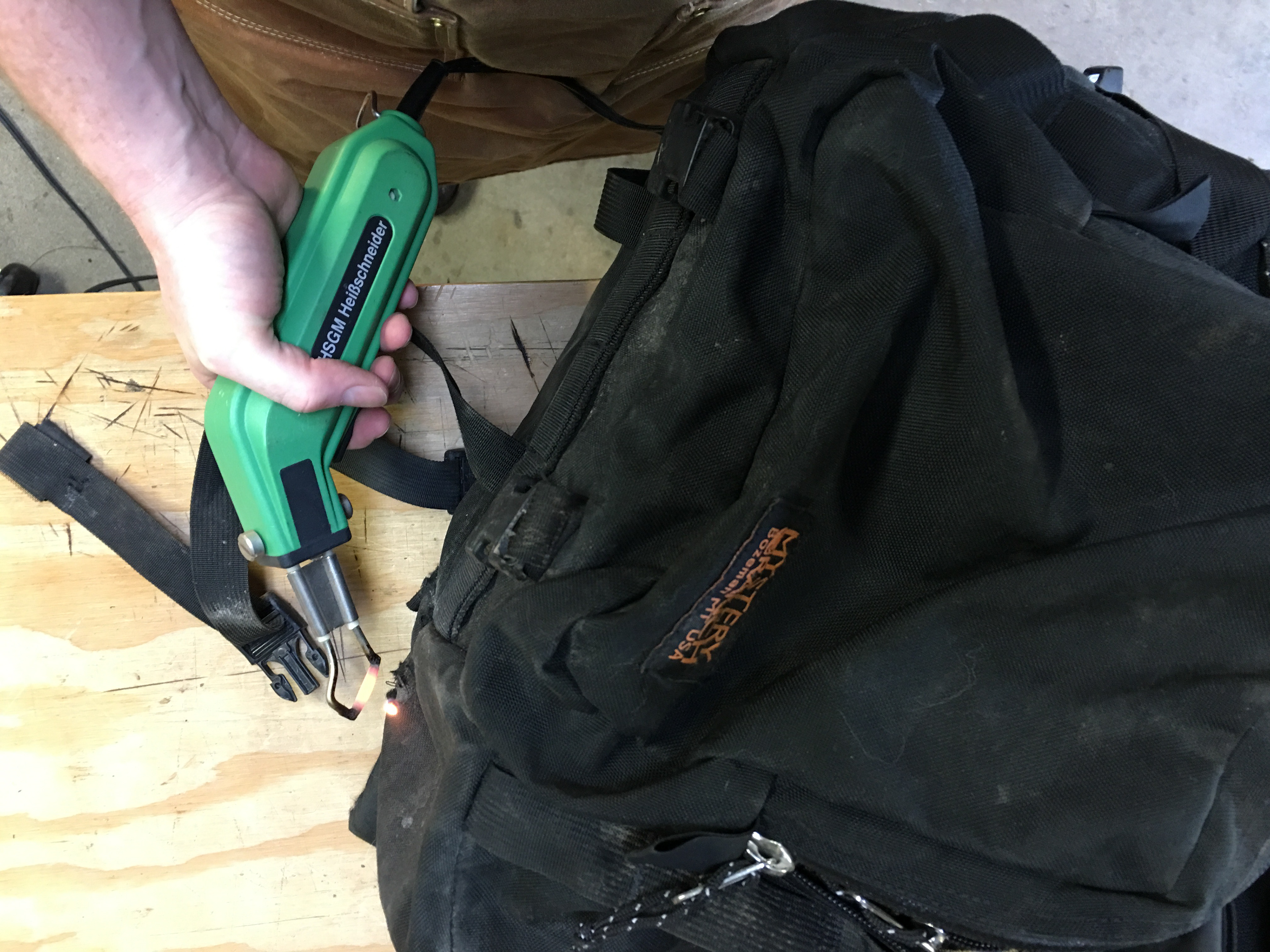
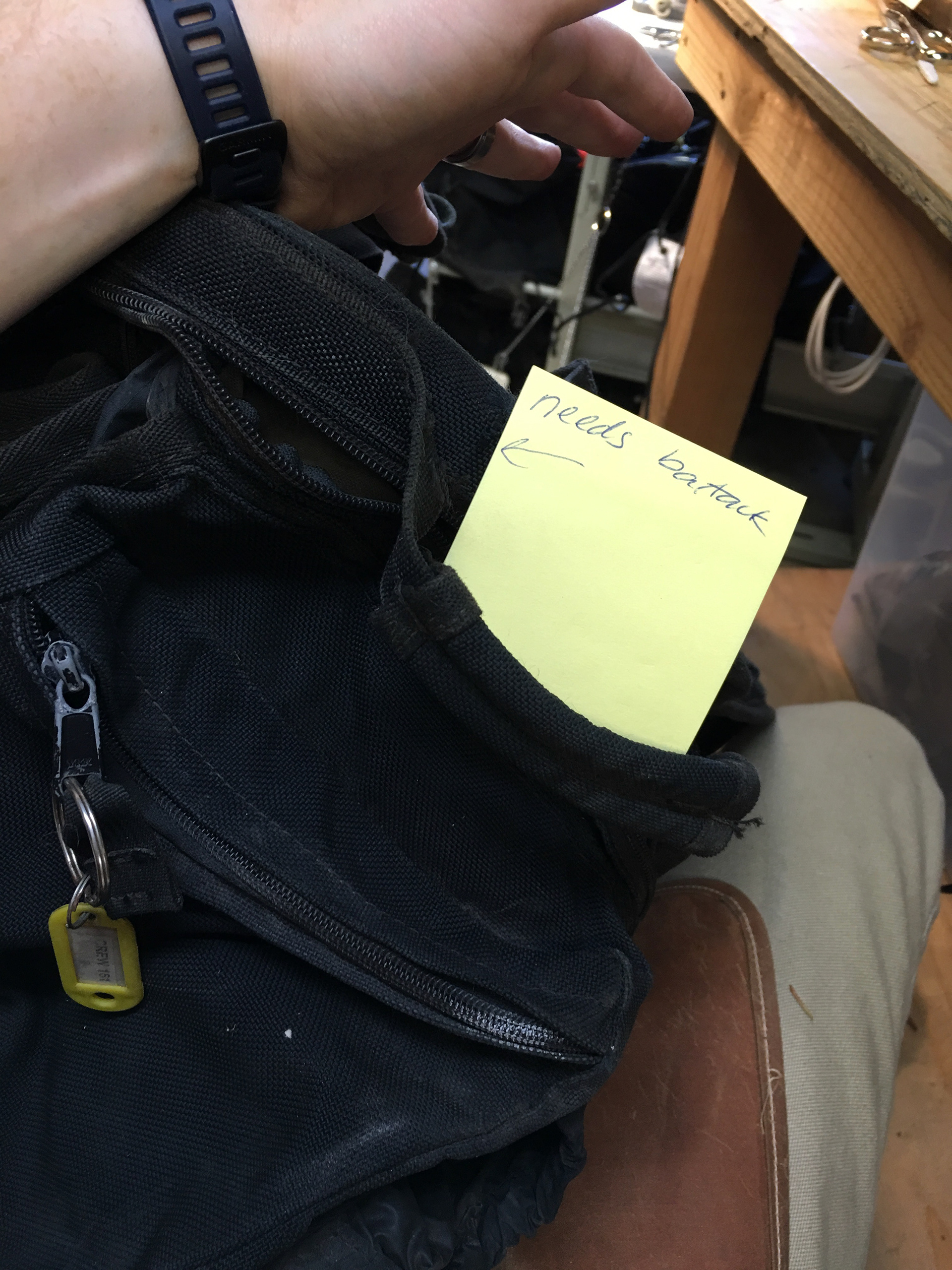
Form Development
After plenty of staring and thought, a pattern began to emerge.
The thinking and planning phase consisted of me bouncing back and forth between sketching and mental visualization. After that deadly whirlpool had concluded, iterations of paper mockups were made and deemed helpful, but ultimately limited in their usefulness. A quick succession of crude working prototypes proved best for quick figuring-out.
Hammering out perfect angles, proportions, and dimensions were key to the pack actually being functional.
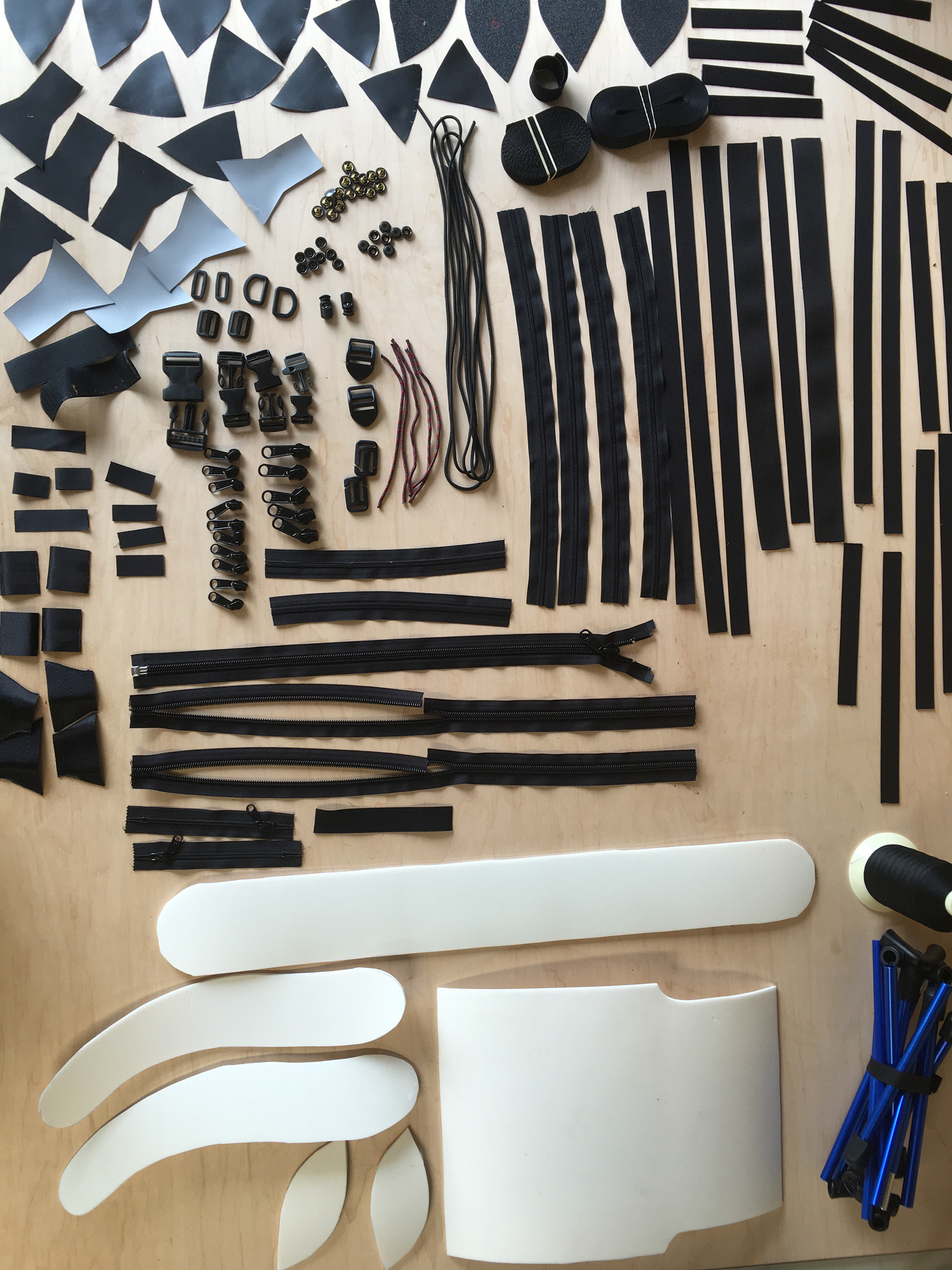
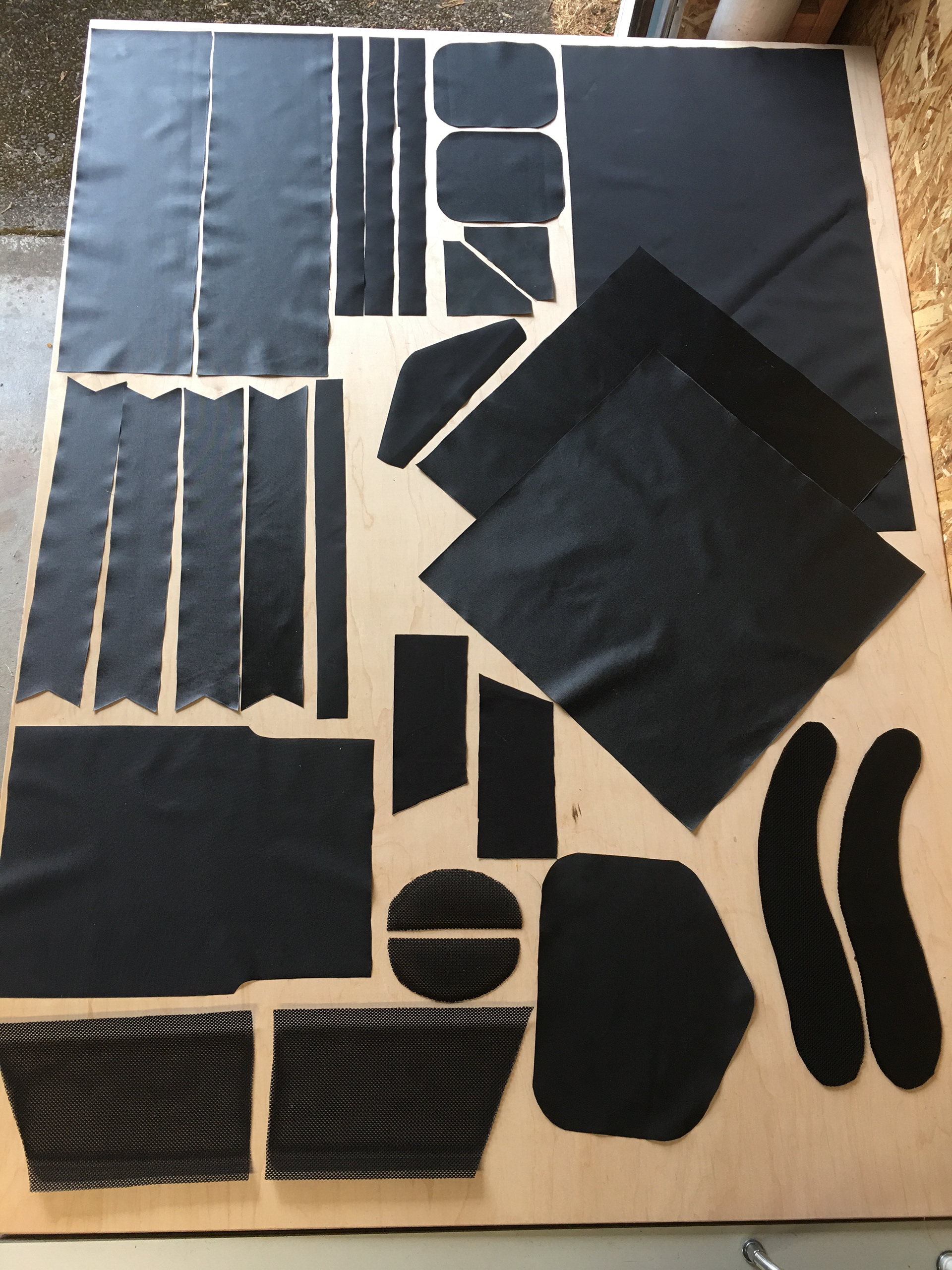
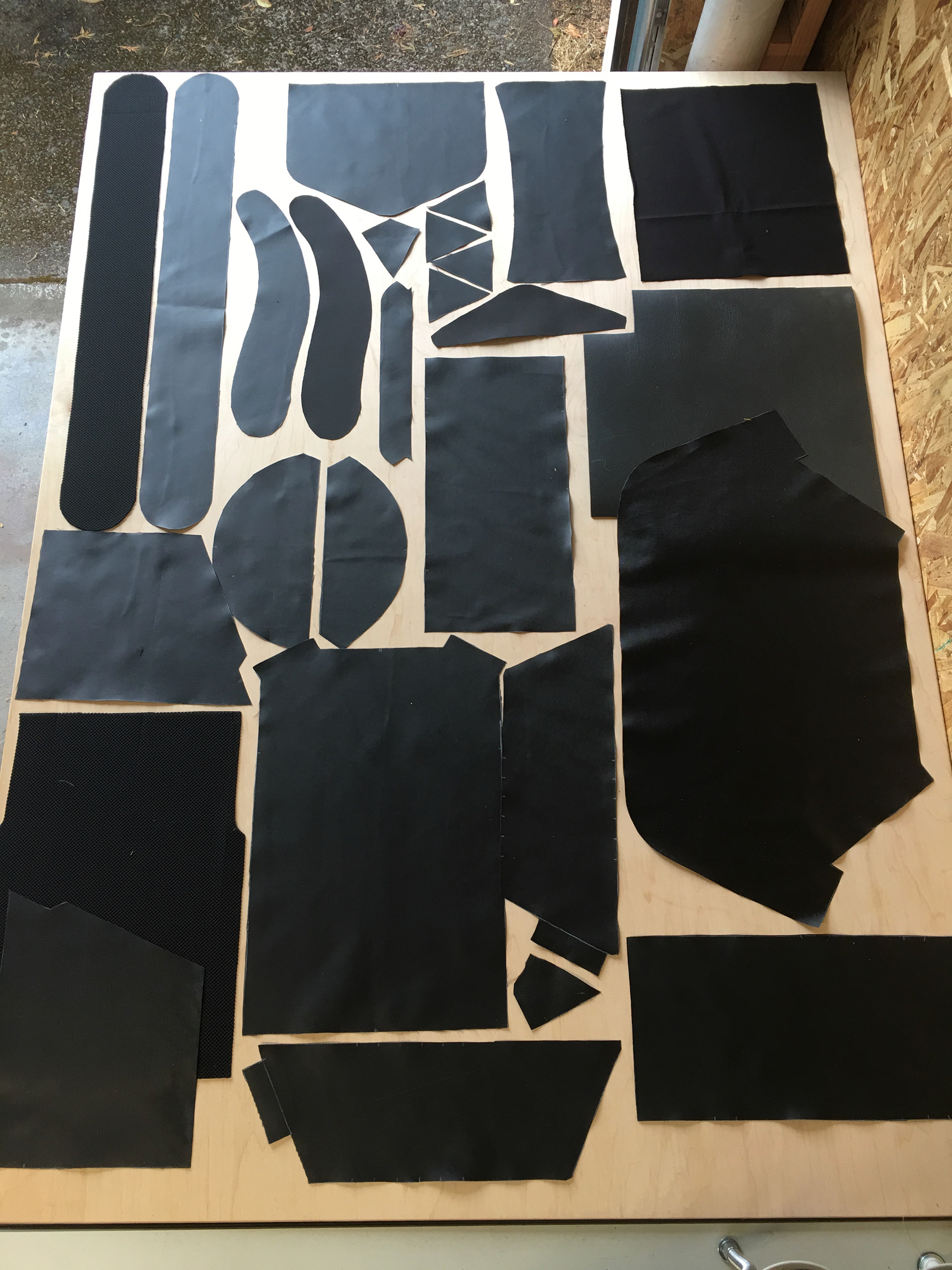
One hurdle was negotiating with the client, trying to find the balance between a pack overly-rich with features vs. a simpler one.



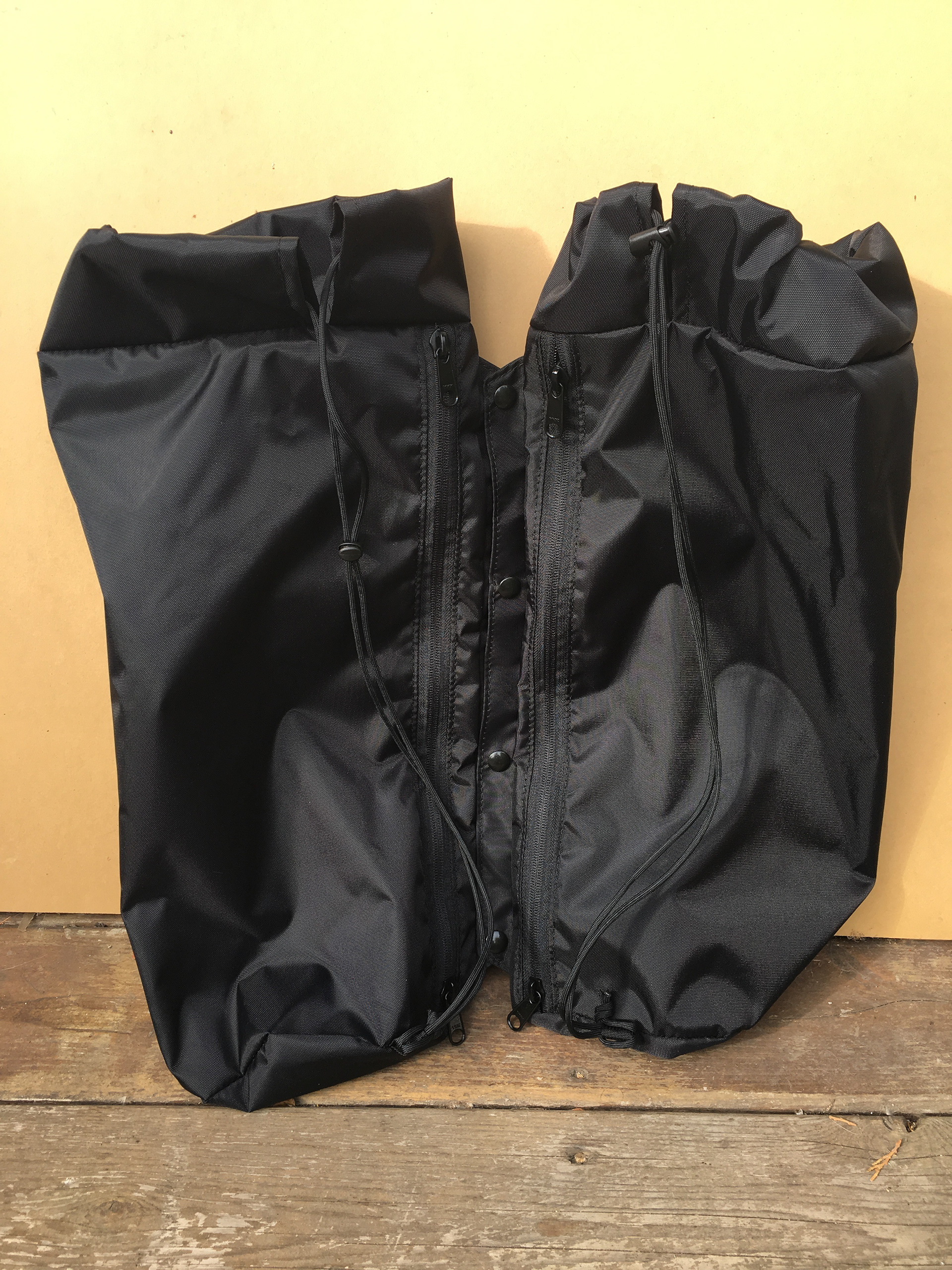
Reflections
Too busy. Less pockets and bells n' whistles. When the pack is empty, it's still full. I feel those are major details that should be resolved in the future. These features catered to the needs of marketers, but ultimately (I believe) stagnated sales. I'm not saying the pack didn't do well, because it did sell! I just feel that it wasn't a product capable of generating self-sustaining consumer desire without the continual nourishment of advertising.
It took several iterations, re-designs, and testing to arrive at a great pattern. Many of the revisions focused on getting the sitting angle of the chair just right. One potential hangup was waiting for perfection. No matter how many tweaks we made, a lingering restlessness remained. We needed to get into production and taking it from 99% to 100% would have prevented it from ever entering production.
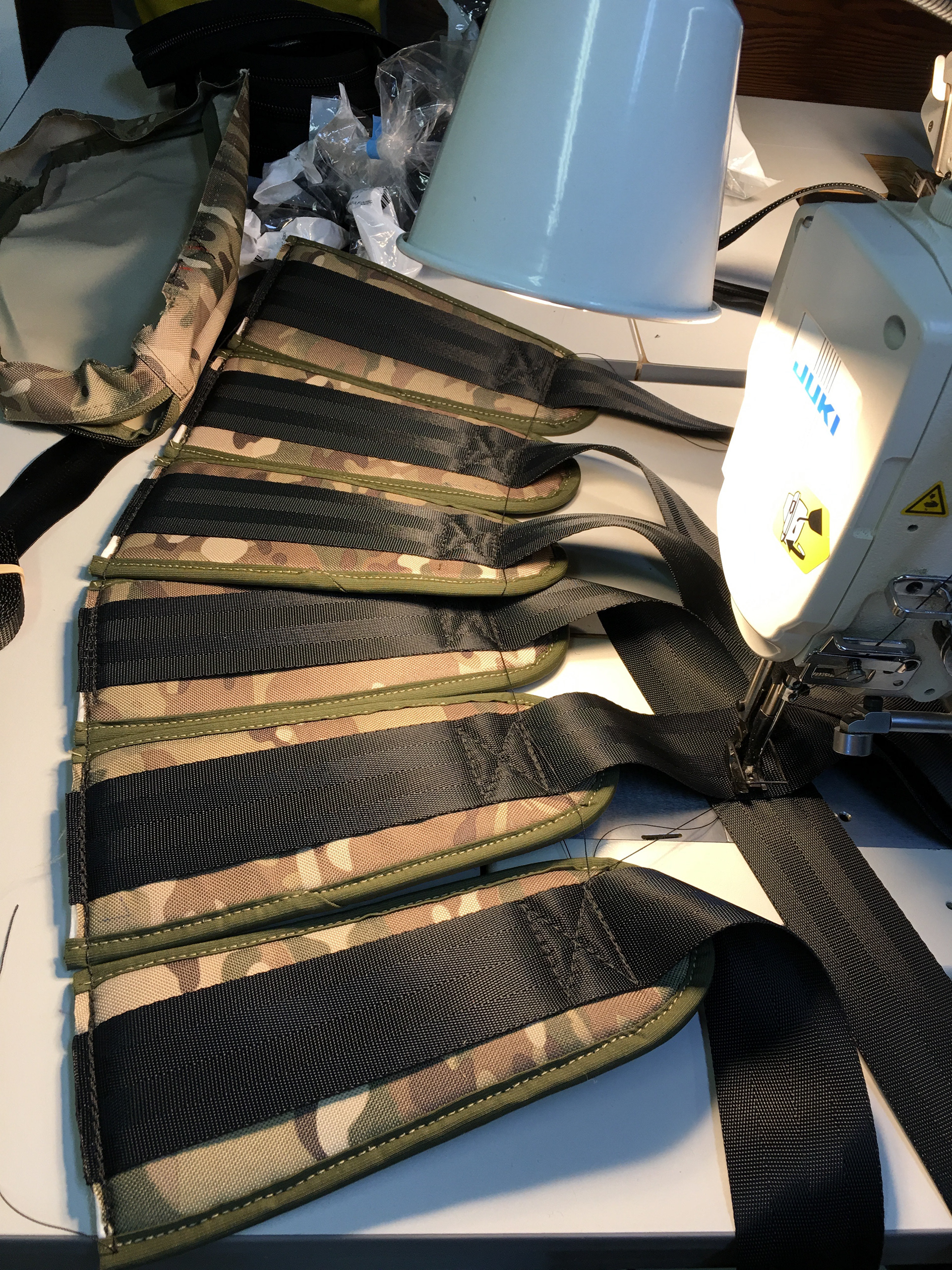
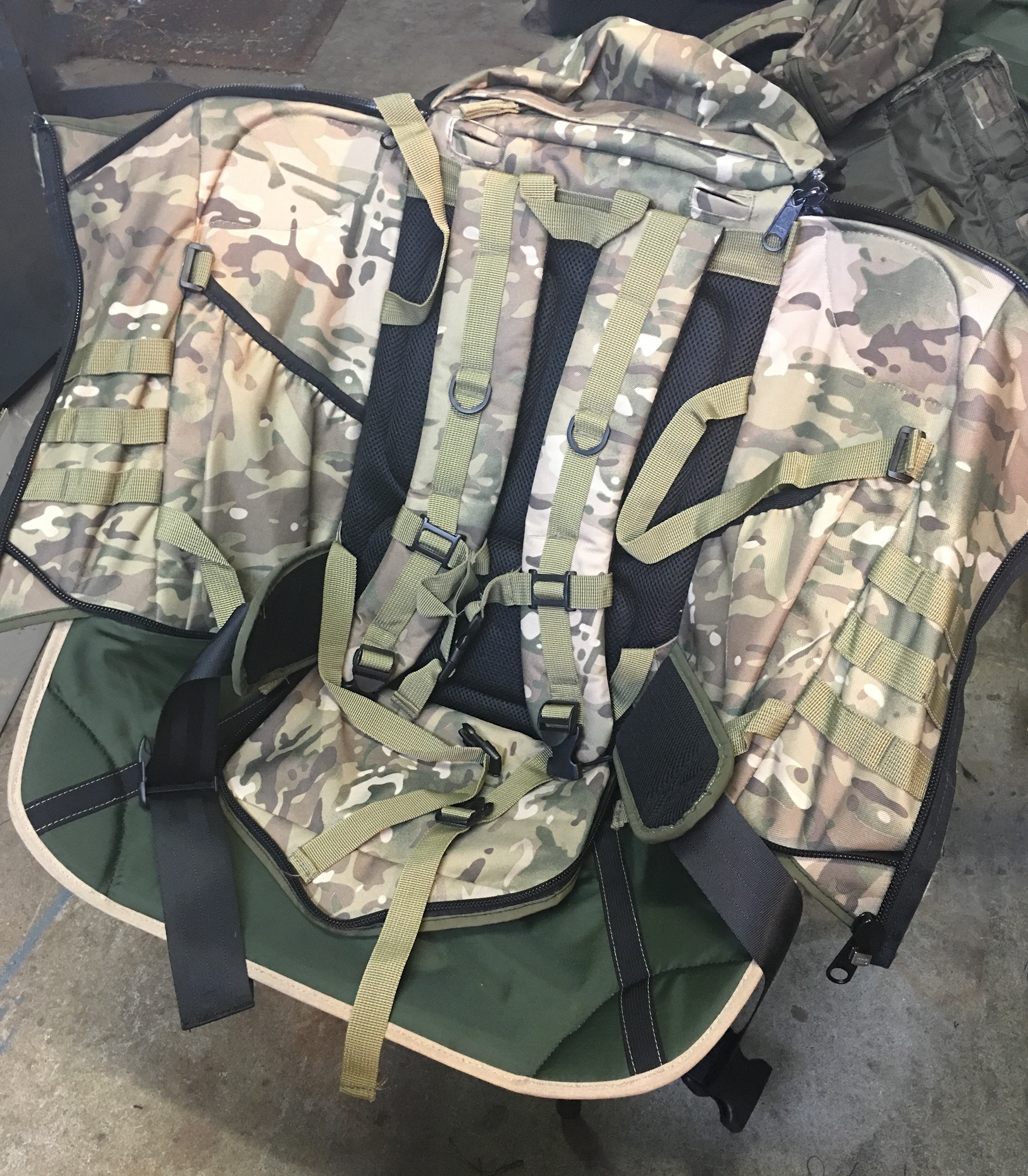
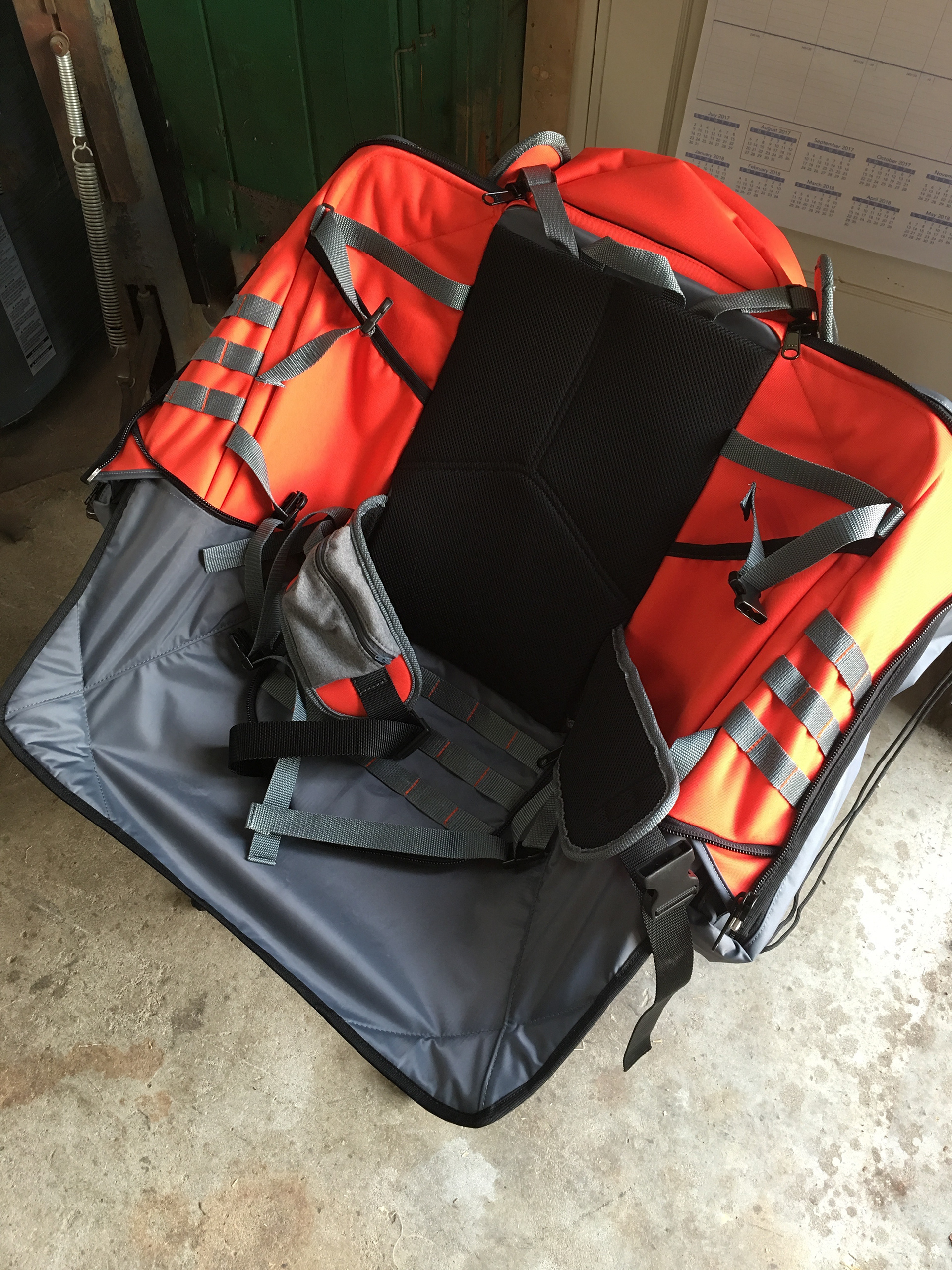
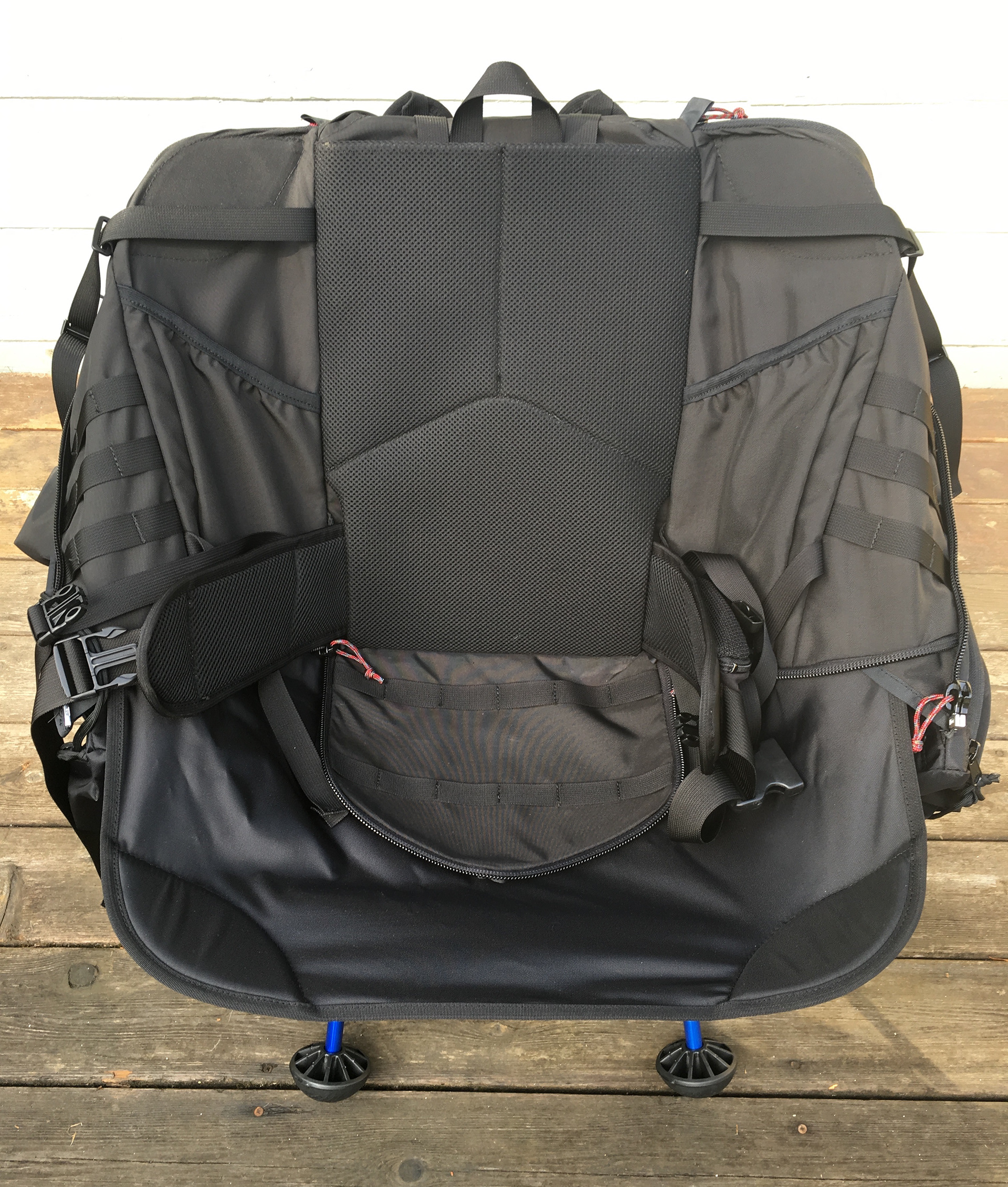

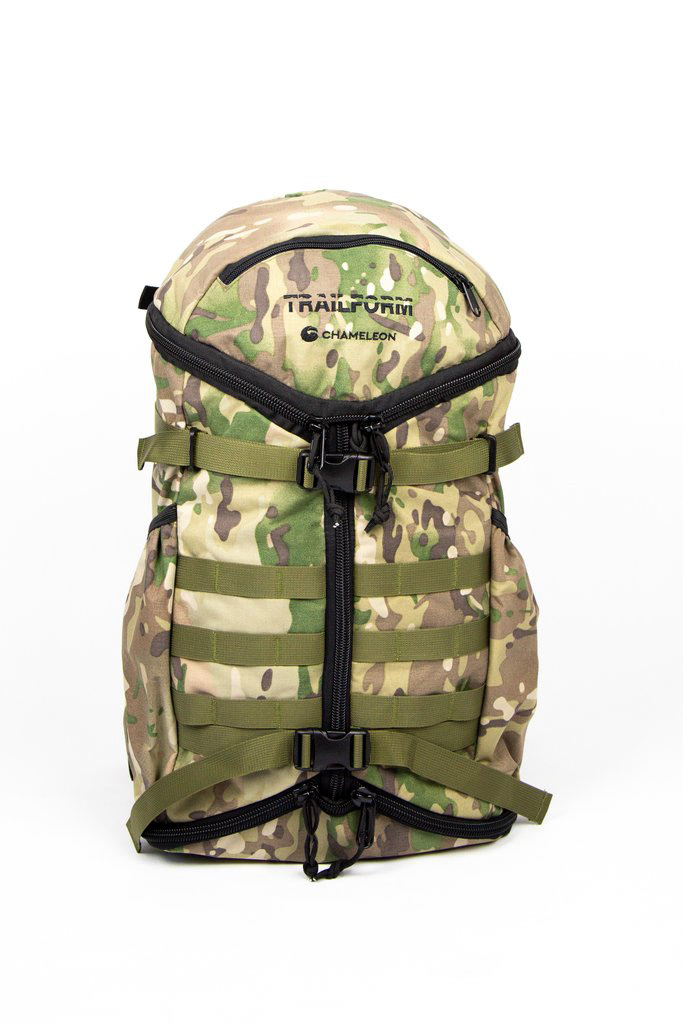

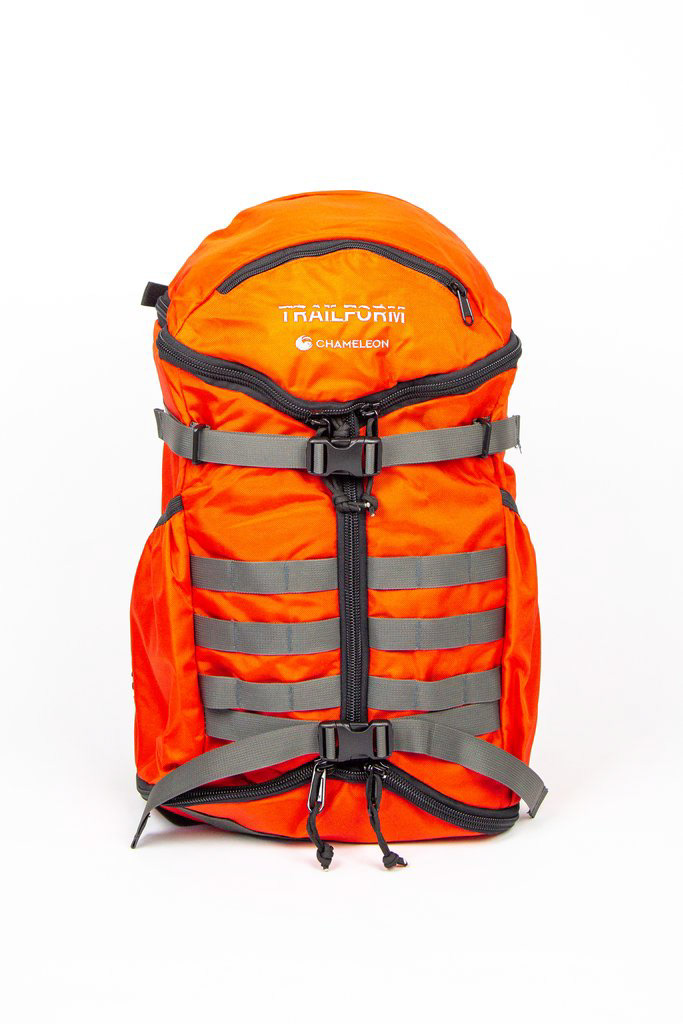
It really turned into a big project. The Trailform team was extremely pleased and went on to successfully market it on Kickstarter.
https://www.kickstarter.com/projects/73196295/the-chameleon-pack-the-most-versatile-backpack-in/description